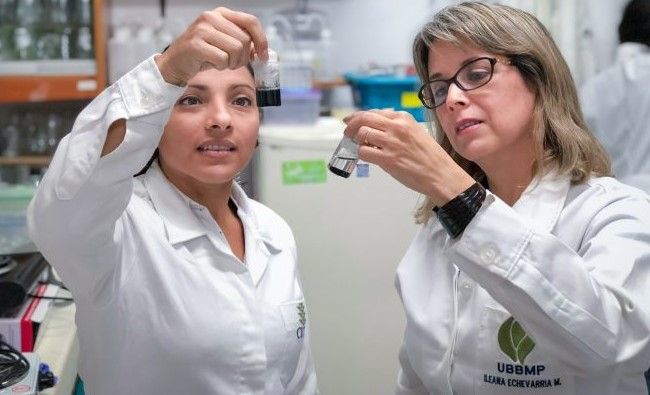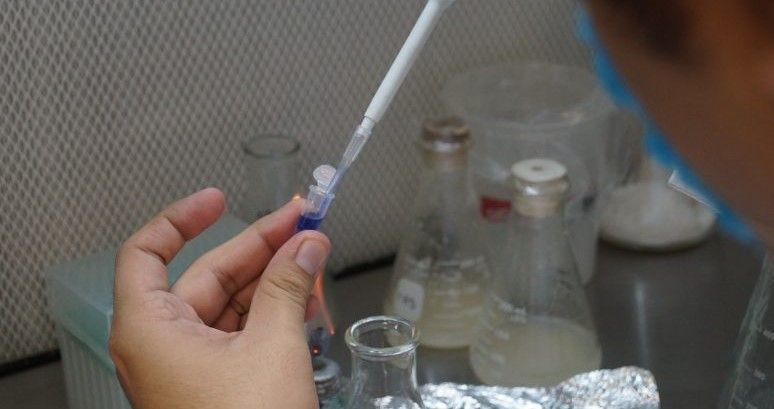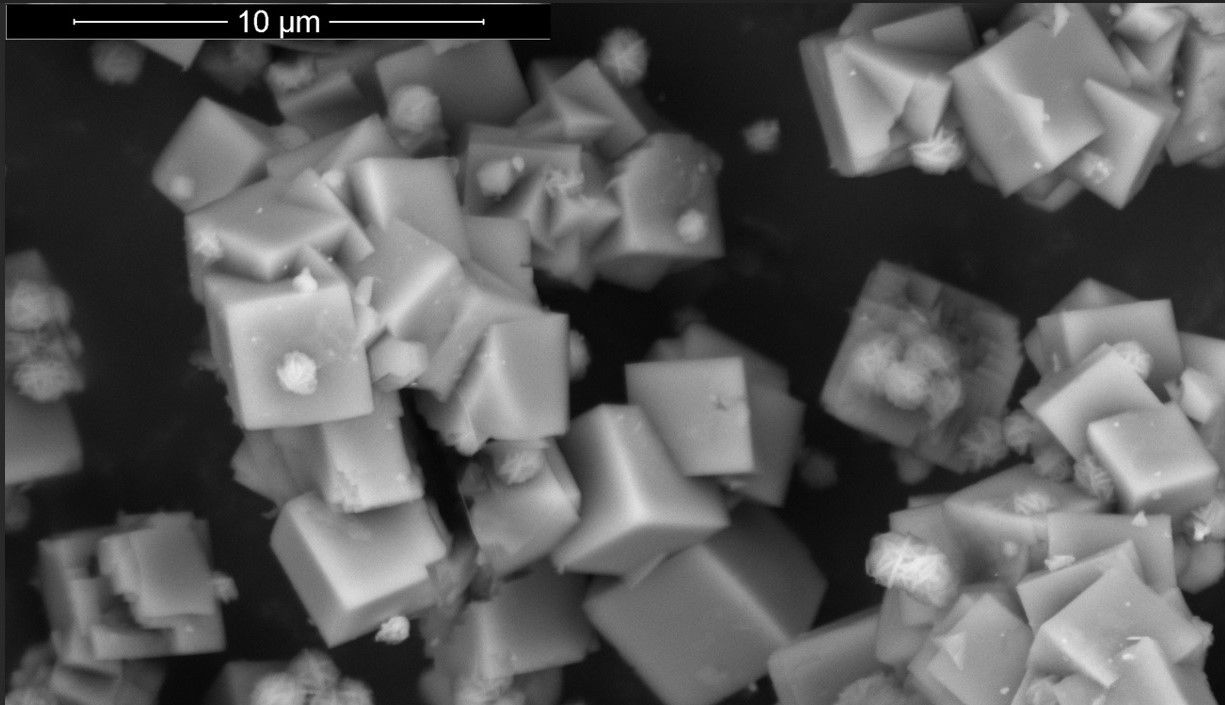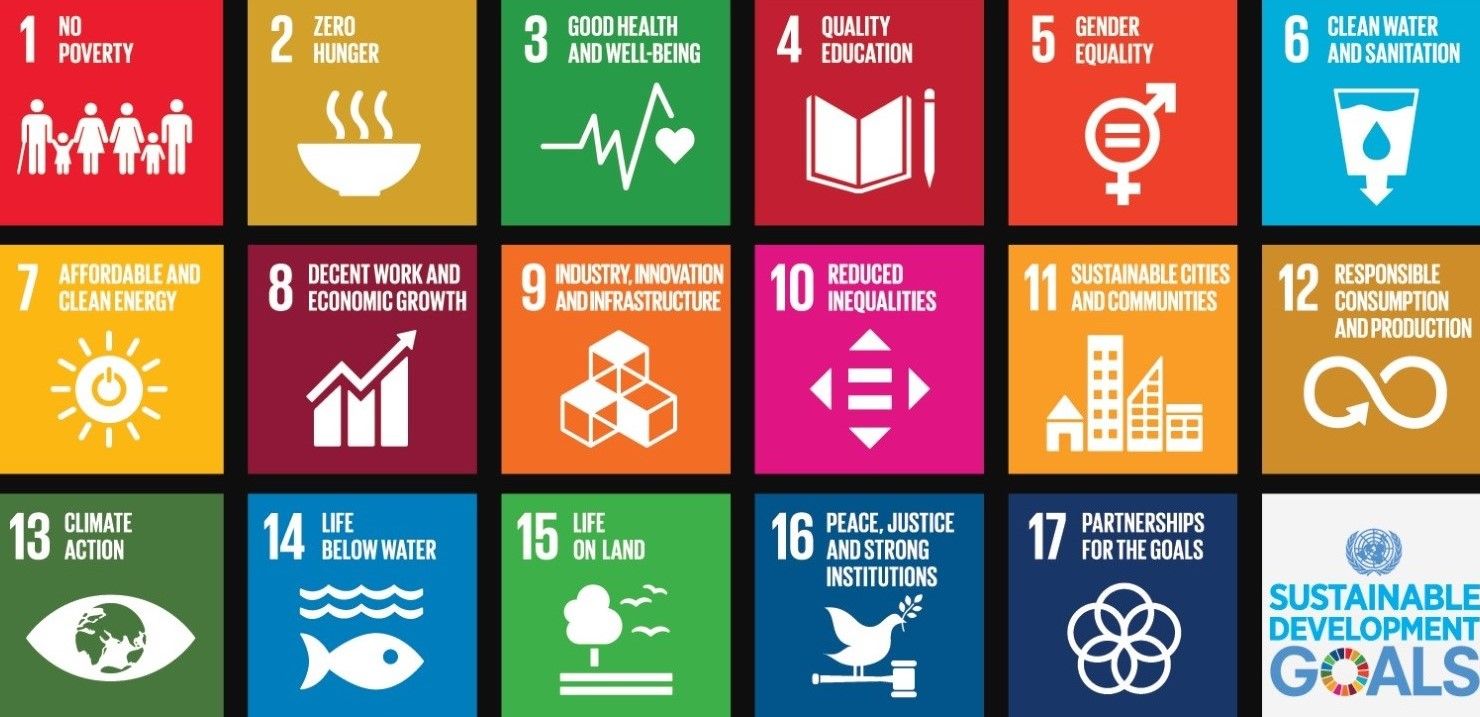It is truly incredible that an industry as large and as rich as agriculture has yet to fully embrace the advantages of nanofertilizer.
While it is true that, compared to the millenia-old knowledge of organic fertilizer and the centuries-old technology of phosphate or nitrogen fertilizer, the nanofertilizer industry is still wearing nappies, the evidence of the effectiveness of nanoparticles in crop nutrition is strong; and growing ever stronger.
Nanofertilizer Improving Plant Yields
Take for example, research conducted by the Yucatan Scientific Research Centre (CICY), an agricultural technology hub for Central America, which is reporting the development of a nanofertilizer technology with the potential to increase field production by as much as 250%.
The study was conducted by Dr Ileana Echevarría Machado, a researcher of Biochemistry and Molecular Biology at CICY, and describes the creation of a nanofertilizer, which, “… under in vitro conditions, has an important effect on the growth of plants and, in fact, under greenhouse conditions was proven to increase the yields of habanero peppers between two and a half to three times.”

While details of the discovery have yet to be publicly released as the work is seeking financial backing for commercial development, Machado explains how her inspiration for nanofertilizer analysis was based on a global problem.
“We need to feed a population that is growing more and more, as current fertilizers are very inefficient,” she explained. “From one hundred percent of fertilizer applied, up to 70 percent can be wasted, resulting in significant pollution, either to the atmosphere (in the form of greenhouse gases) or in leaching to the groundwater.”
Interestingly, the research was aided by the work of Marta Lizama Gasca, a Ph.D. student in Biological Sciences, Biochemical Option and Molecular Biology at the CICY, who together with Machado investigated the supply and demand situation of farmers and agrichemical suppliers. As the agricultural journal Hortalizas reports, “They [Gasca & Machado] had the opportunity to conduct more than one hundred interviews to agricultural producers and fertilizer distributors from different regions of the country, to better understand the sector’s demand, in order to adapt its technology to those needs.”

Additionally, laboratory analysis has passed the nanofertilizer as non-toxic following tests on both plant and animal cells, as well as its impact on soil microorganisms.
Machado and her colleagues are rightly proud of the new nanofertilizer that they have devised, particularly as they see it as a path towards reducing the amount of bulk fertilizer currently imported into Mexico.

Improving Current Nanofertilizer Production Methods
But beyond devising new agrichemical products, other researchers are attempting to improve current nanofertilizer production methods. For example, a study conducted by a team from the Universities of Verona and Padua in Italy, has provided a new approach to manufacturing phosphorous/iron nanofertilizers through the rapid mixing of salt solutions in a chamber.
“The process, which includes the addition of citrate as a capping agent, also allows for the stable suspension of nanoparticles (NPs) over time,” the study states in the journal Nature. “The NPs were tested for their effectiveness as P and Fe sources on two hydroponically grown crop species (cucumber and maize) comparing their effects to those exerted by non-nanometric FePO4 (bulk FePO4). The results showed that FePO4 NPs improved the availability of P and Fe, if compared to the non-nano counterpart, as demonstrated by leaf SPAD indexes, fresh biomasses and P and Fe contents in tissues.”
While these results are to be applauded, what is most significant in this research is that the process is a “continuous, industrially scalable method”, which gives great promise for its application in the real world.

This optimism is widespread across all nanotechnology industries, as manufacturers and farmers begin to realise the special properties that elements have at a nanoscale.
However, this is not to imply that the solving the challenges facing agriculture with nanoproducts will be easy. As evident in another recent study, this time conducted by an international team from Auckland, Quebec, and Connecticut, which reviewed a wide range of developments in nanotechnology and its application in crop nutrition.
Published in the journal Nature Nanotechnology, the report warns that, “The inefficiencies in current practices are prime targets for nano-enabled enhancement. However, agroecosystems are incredibly diverse and complex. As such, finding solutions (nano-enabled or otherwise) to the problems of inefficient use of fertilizers, pesticides, energy and water has been daunting, and, not surprisingly, solutions have been rather elusive.”
In general, the study saw the challenges of nanofertilizer as one of balancing the sustainability goals laid out in the UN’s 2030 Agenda for Sustainable Development which has set targets for both eradicating hunger and for sustainable agriculture, all within the constraints of the tight margins that most farms operate under.

While the study speaks in broad terms, it sees the success of the nanofertilizer industry as a matter of cooperation among many industries and sciences. Stating that, “Convergence is essential. Viable nano-enabled solutions can only be developed by combining expertise in agronomy, chemistry, plant physiology, material science, toxicology, and ecology, among others.” Adding that, “Successful and sustainable implementation will be possible by considering other major scientific frontiers such as biotechnology, information and data sciences, artificial intelligence, and even broad social sciences.”
Yet despite these concerns, the optimism is still evident. Given current fertilizer use, its impact on soil health and global emissions, the status quo cannot continue indefinitely. Instead, more and more research is showing alternatives to traditional bulk fertilizers, with a growing amount pointing to the advantages of nanotechnology in the fertilizer industry. As the international team of researchers conclude, they envisage a key role for nanofertilizers in reaching the UN’s goals, stating that, “We are convinced that nanotechnology can and will play a fundamental role in the future of agriculture, including maximizing global food production and increasing sustainability.”
Maybe its time that fertilizer suppliers and farmers started listening.
Photo credit: Managingnutrients, Springer, Centrosconacyt, UN, & Pxhere
